Above, we see a photo of my Lusitano, Evaristo, and I. I love this photo because of how attentive and open Evaristo is to our connection. Even though I am facing the person taking the photo, I am thinking of Evaristo, too. He recognizes this, and reciprocates. Without words.
I did not mean to include a huge picture of Evaristo and myself, then the same smaller picture of Evaristo and myself. There is only supposed to be one, but WordPress (the platform for this blog) refused to allow me to delete the large one, which is set as the featured image. Grrrr!
“Although horses do not form their reasonings from the A B C, which, as that admirable and most excellent philosopher master Hobbs says, is no language, but the marks and representation of things, he must notwithstanding give me leave to think, that they draw their reasoning from things themselves.” Words written by William Cavendish, Duke of Newcastle.
I read the words from “A General System of Horsemanship”, written by this horseman of the 17th century. Its smooth, hardback weight in my hands emphasized the weight of his thoughts.
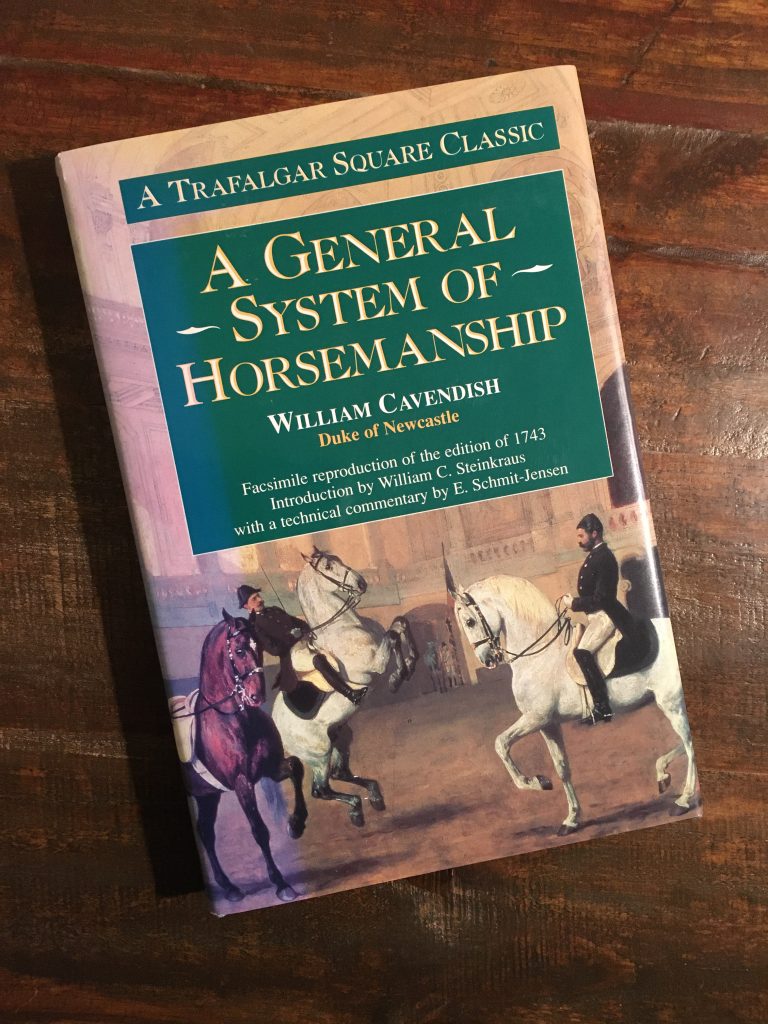
I love how Newcastle articulates that words have no meaning to horses. It also gives us an idea of the reverence he held horses in. He says, “Many are of opinion, that the reason why men speak, and not the beast, is owing to nothing else, but that the beast have not so much vain-glory as men, which produces language in them; …therefore the beasts do not amuse themselves with bracelets, enamel’d rings, and innumerable baubles of that kind, but follow nature simply, without having, like men, their heads crouded [his spelling] with multitude of thoughts and beliefs, of which horses are not folicitous [his spelling].”
Newcastle’s use of the word “baubles” leads to this impression: words are baubles. Quite a thought, since a lifelong passion of mine is reading. Writing words is, at times, an urge that cannot be contained for me. They demand to be expressed. But considering words as a shiny, flippant decoration that jangle on the arm or flash on a finger and are an extravagance is profound.
Who was the Duke of Newcastle? According to the blurb on the inner, back flap of the books cover: “William Cavendish (1593 -1676), the Earl, Marquis and Duke of Newcastle [England], was one of the most accomplished men of his era. Both highly educated and passionate about horses, his A General System of Horsemanship constitutes nothing less than a labor of love by one of the ablest minds of the age. He devoted himself to riding and writing until his death at age 83. He is buried at Westminster Abbey.”
Horses have no words, because for horses words have no meaning. Oh, they can learn the sounds of words and their different inflections when used repeatedly in relation to certain situations. However, this is learned because of the presence of humans in their life. If there were no humans present, they would not even be aware of the significance of these words (sounds), or the meaning of combinations of sounds.
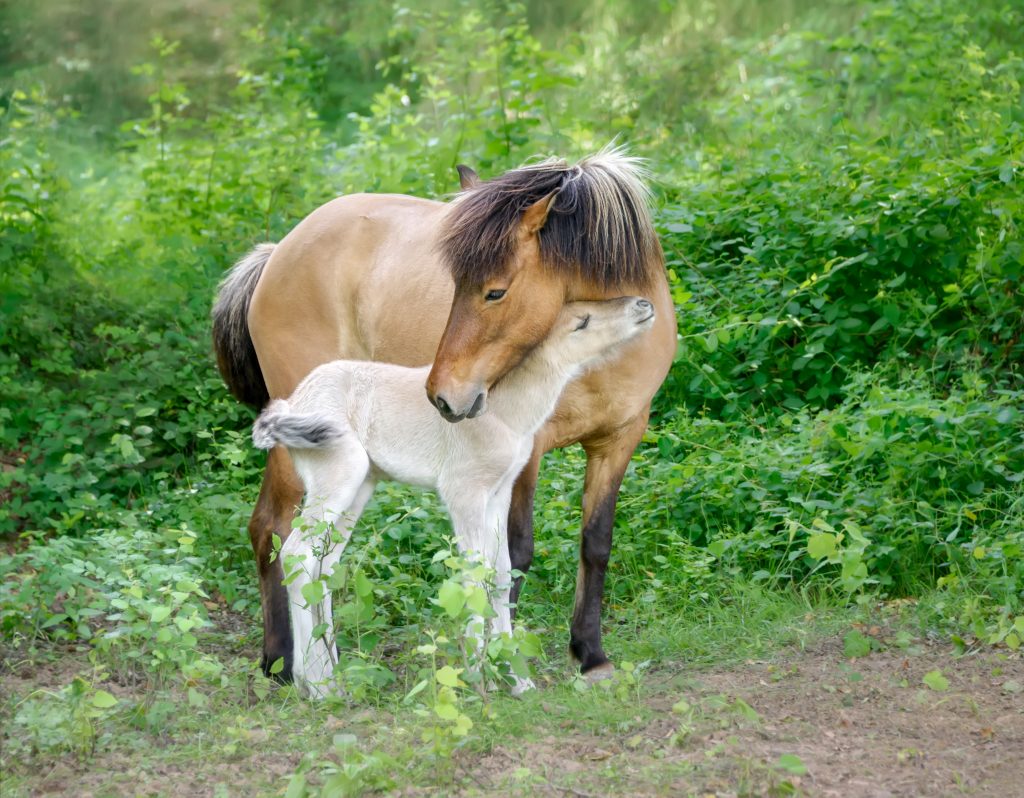
It seems, then, words are a luxury and a trifle that are wasted by overabundance and overuse. Humans use them, pointed out by the Duke of Newcastle, as extravagances for meaningless ends. Words are a swarm of letters, to which humans have attached meaning that buzz around and around, but do not land anywhere into coherent sentences and thought. Again, as Newcastle states, horses “follow nature simply.”
“Words” are life to the horse. We use words many times to hide behind, to throw up a smoke screen when connection and action, or non-action, would better serve us.
Words, those uttered with thought and awareness, have meaning and a power. Mindless words, those that swarm, are space fillers, morsels that soon vanish forever leaving behind no vestige of their presence.
Horses live in the space that is between thought and word. That liminal space we crash haphazardly through to vocalize instead of stop and build awareness within.
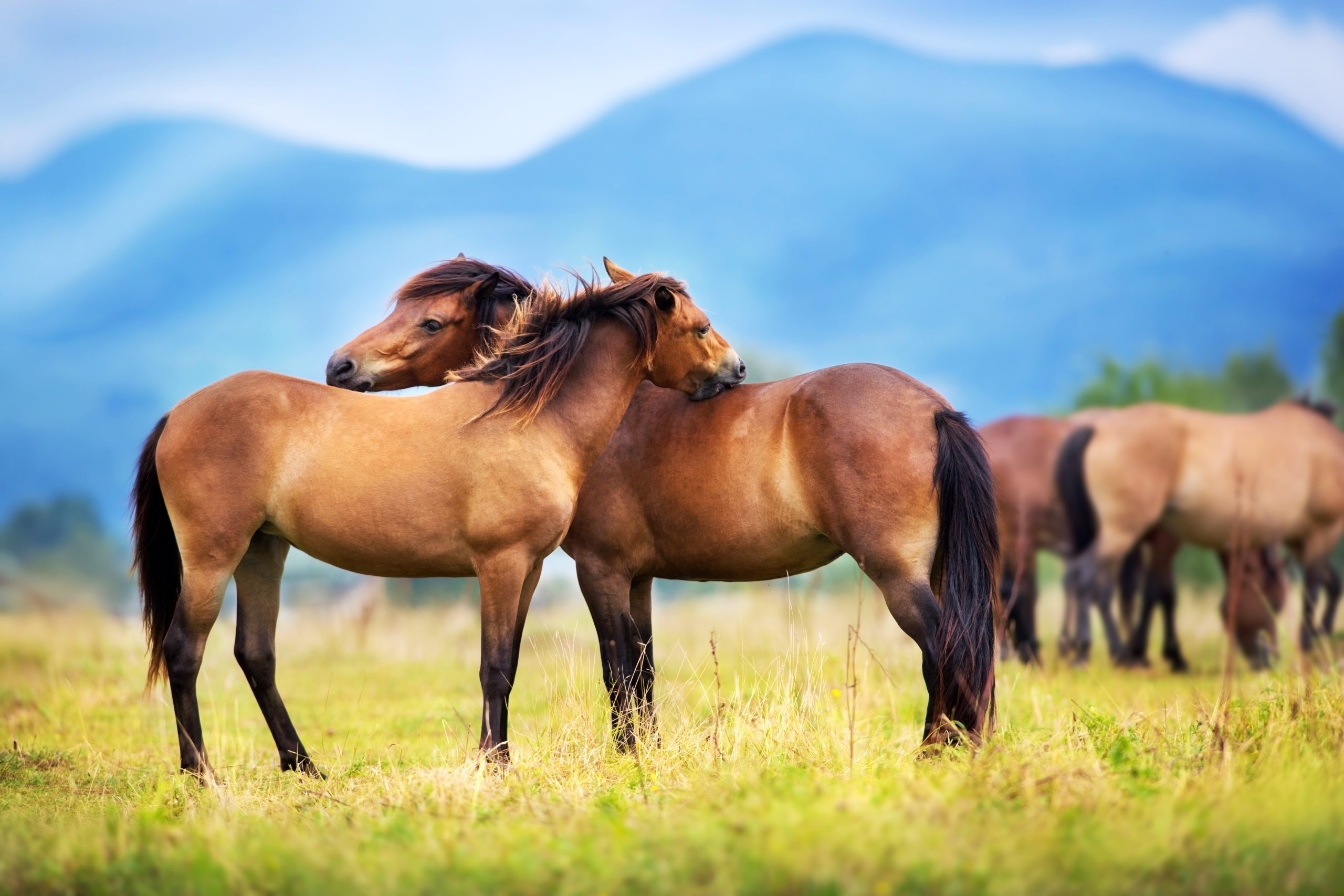
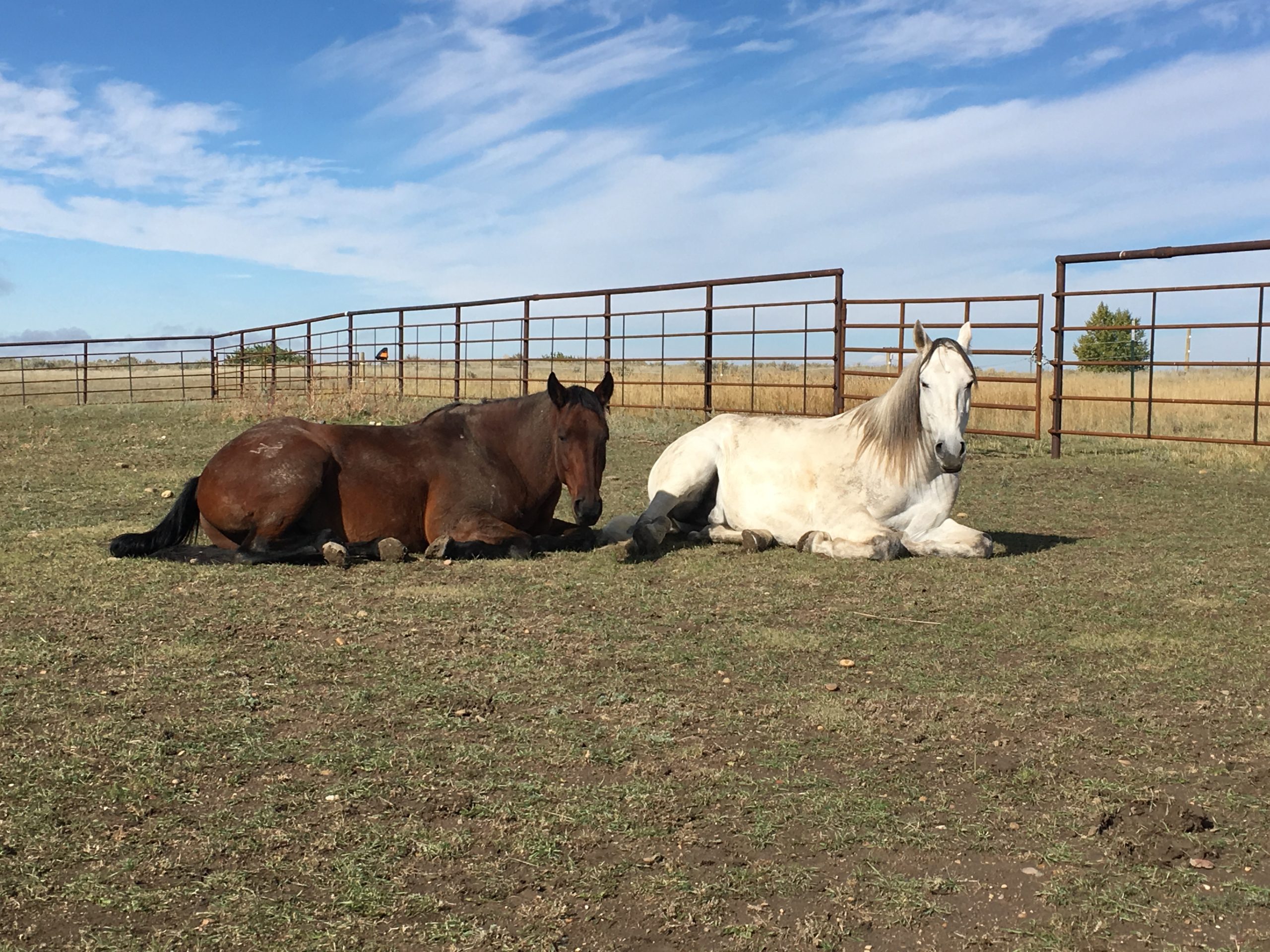
Stop. Just stop.
Horses have no concept of hiding behind a smokescreen of words, false thoughts and false actions. They are black and white honest in their ways, even if their ways displease us. As Clay Wright says, “Horses do not do anything without a reason.”
The “words” of horses are: Awareness, Energy, Intent and Action/Movement. Their presence is within each of these “words.”
All are so entwined for the horse that one, two, three or all four can happen in any sequence or all at once. The actions can be large or so small as to be all but invisible to humans, but not to horses. The actions can be interactive (scratching one another’s withers, switching flies from one another), they can be searching (one horse in a grazing herd can see or hear something unknown and raise its head to stare or listen with pricked ears) and without the watcher making any other movements, soon the entire herd will be looking, too. The actions can also be for discipline between horses. Generally, discipline between horses begins with subtle energy directed from the horse performing the discipline towards the horse being disciplined. It may begin with a look (presence) and increase in presence. If the horse being disciplined does not respond, the energy, presence and actions of the horse doing the discipling immediately increases.
Horses use words through posture; through just energy; some sounds; intention; and actions.

Horses think in images and feels, and patterns. They also recognize sounds, as we’ve mentioned. For them, sounds are associated with images and events, things that happen (patterns). A language/sound is not associated with a character, ie, a letter. Their letters are life. Our letters are symbols.
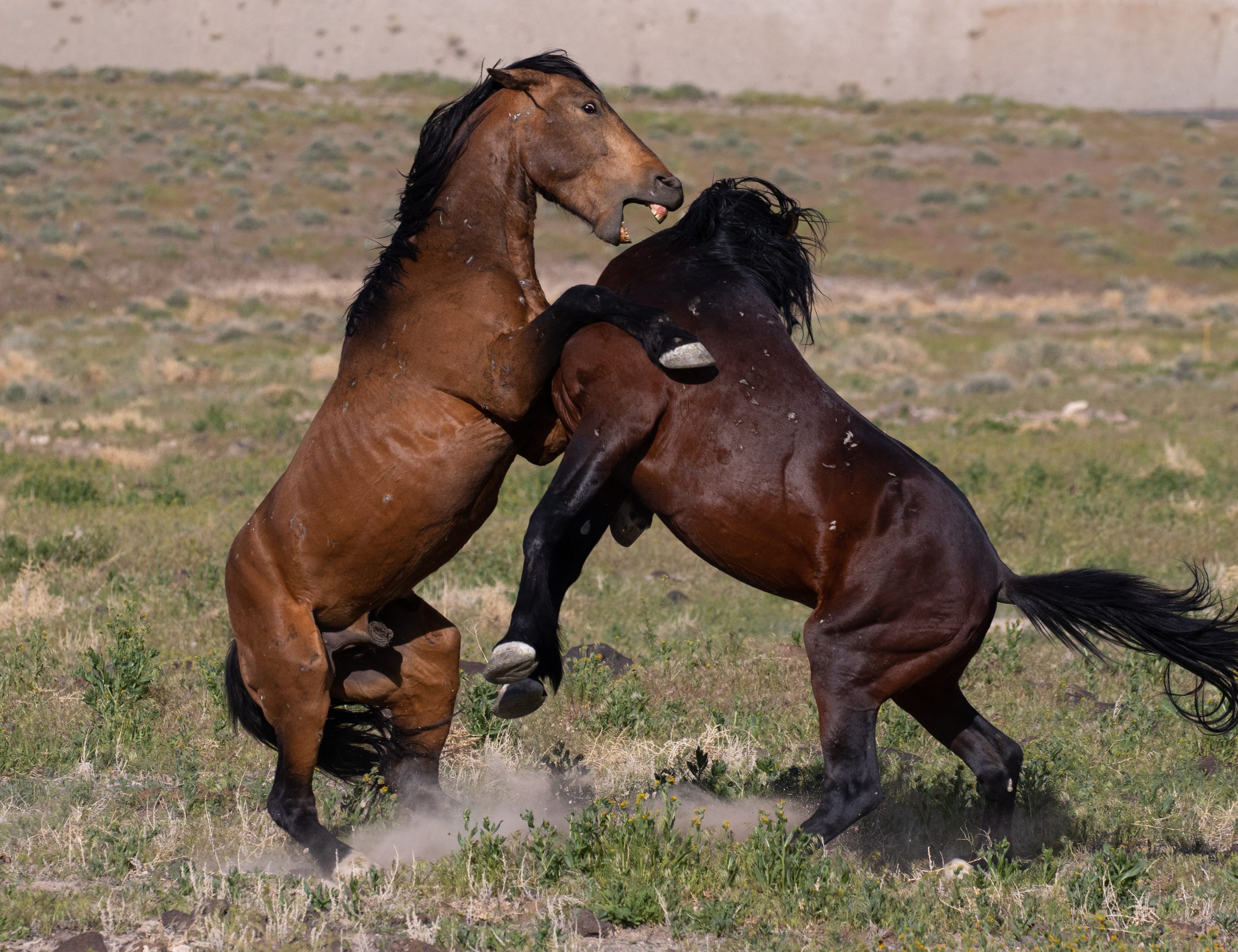
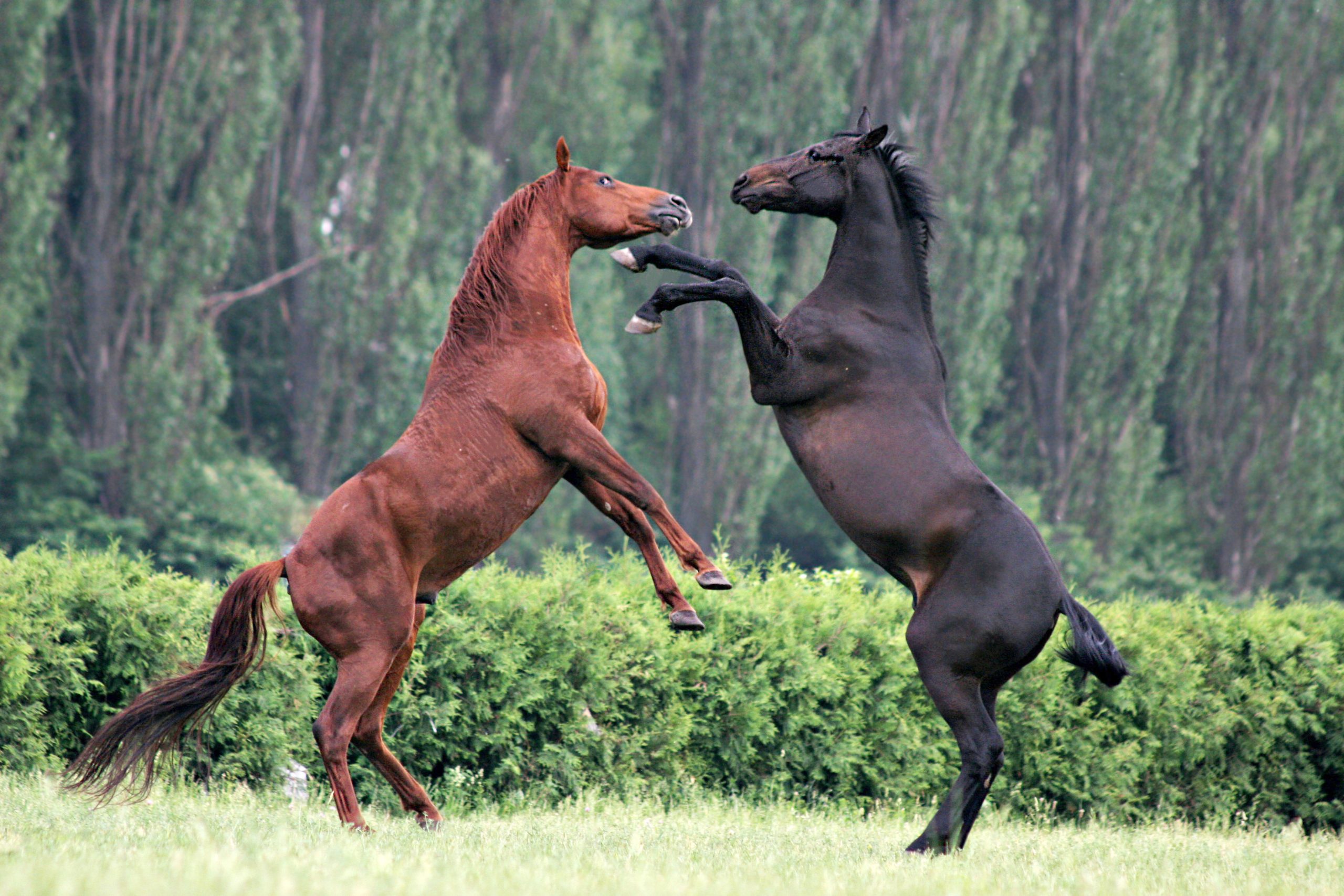
The straight lines and curves of our letters, for horses, is how life happens. It is how their nature intersects with the nature of the universe, which is seamless. When their nature comes into contact with humans, depending if a particular human can see them for who they truly are, it can be a graceful intertwining, or a jagged clash of edges that never meld together and are in constant opposition.
Horses live in this space every day, especially horses who live in their herd, be it just two horses or a group of many. A herd can also be a person and a horse.
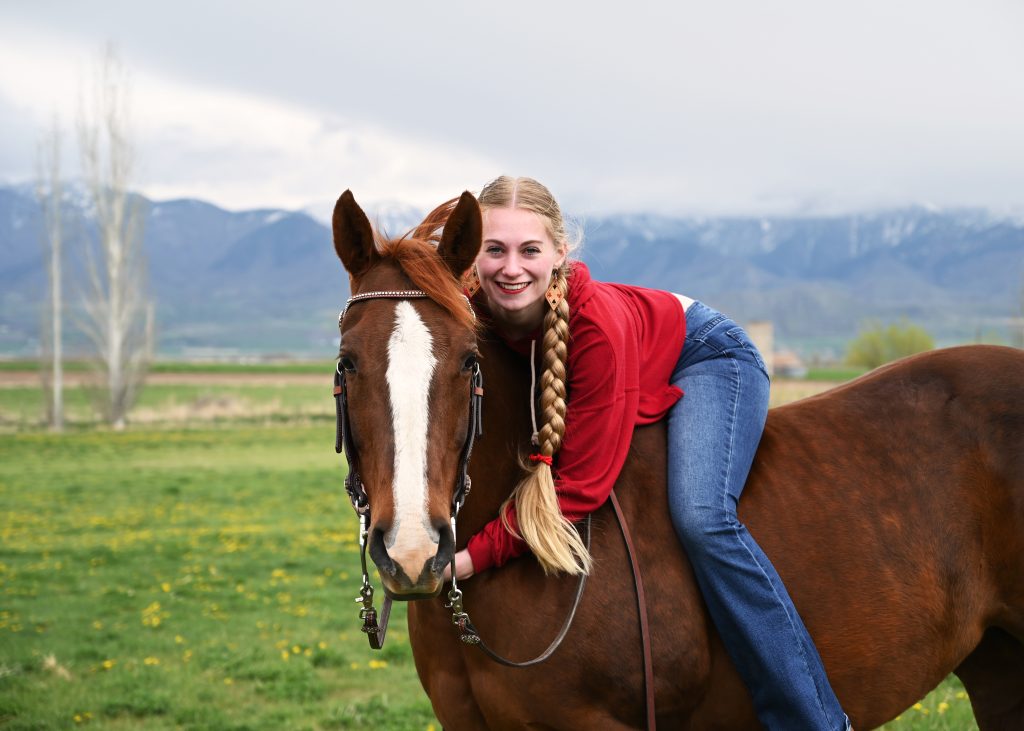
When a herd of horses moves, it is in unison. Each horse is part of the cohesive whole. In addition, a paragraph is formed of many words, which come together to form a thought. You could say a herd of horses and a paragraph are similar in this manner.
The true character of the horse is never completely revealed in the stable or in the riding school, beneath the saddle or in harness. To know him as he really is we must watch him under the open sky, in the meadow, among his own kind, for there we can see how different each horse is from his companions, how the ancient law of the herd lives on, and how the hierarchy is created with barely any encounter.
Hans-Heinrich Isenbart, The Beauty of the Horse
I like to think of a herd of horses, or a “herd” of person and horse as Indra’s net.
According to Wikipedia, Indra’s net is from the Vedic tradition, and is an infinite net that hangs over the palace of the deity Indra. This net has a jewel where each filament of the net intersects. The jewel at each intersection is reflected in all of the other jewels, and itself reflects all of the other jewels. In other words, each jewel reflects and is reflected by all of the other jewels into infinity. To me, this is how the connection between each and all the horses in a herd is. It is also the connection that can occur between horse and human. The one we seek, but is rare to find. For here, not only are we offered a look into the jewel of the horse, but to truly connect to them, we must look into and accept our own jewel-ness. Who we truly are, reflected forever. This is the rarity.
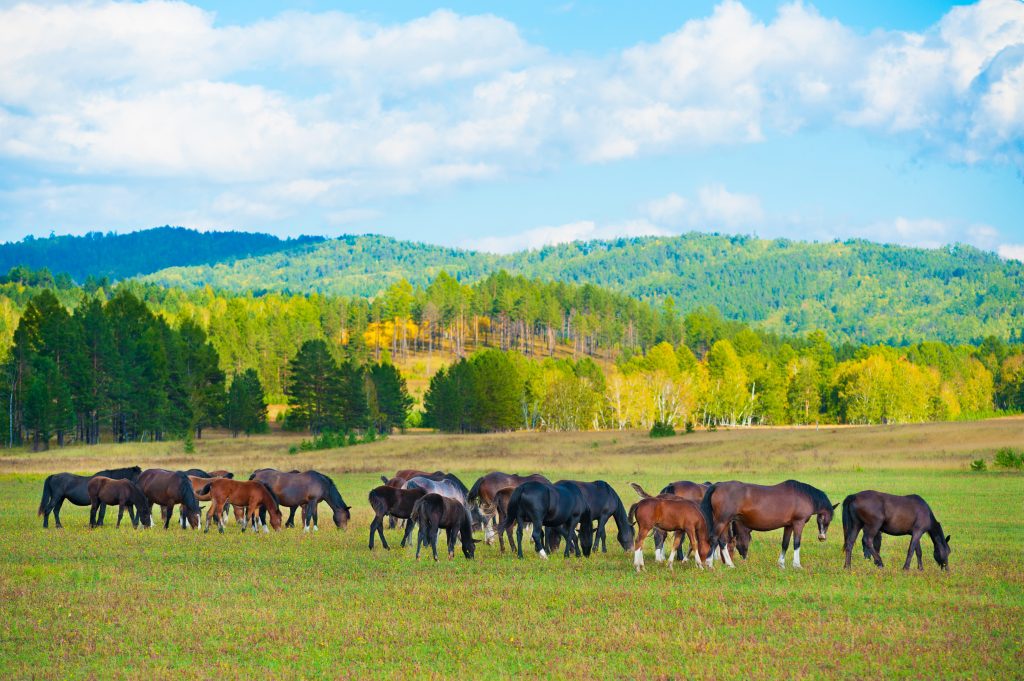
Every chance I get, I watch horses. I wonder, when I see one standing in silence and gazing off into the distance, what are they thinking? Even if this horse is with its herd, it and the others are separate, complete horse universes within the constellation of the herd. This is what I mean by horses living in solitude, even in the herd. You can walk amongst a herd who is grazing and resting. You can feel their connections, yet how each one is a separate star of individuality. Each one glows with its own hue, vitality, and intensity. This is the galaxy of the herd.
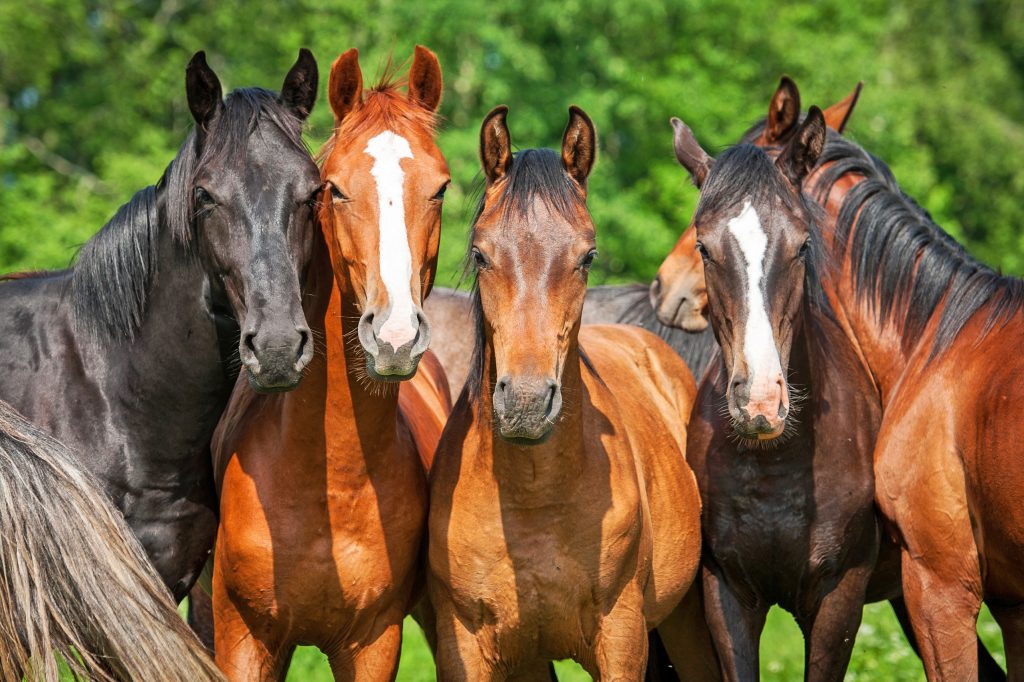
With the horse, all is felt through the senses and movement. There is no misunderstanding of the context/meaning of words, for nothing is mispronounced in the realm of energies, intention and movement where the horse lives. Misunderstandings arise on my part, if I do not communicate clearly through my own energy, intention and movement. Horses never communicate in obscure and convoluted ways. It is always crystal clear. Humans have to learn to read it. In order to read it, humans must move beyond the illusion of their ideas and concepts into a realm where they feel in the moment. I think this is what draws me the most, how simple all is there, yet intricate. Thoughts and action become one. Thoughts are heard and acknowledged by horse and person soundlessly, but with no mistake. Horse and person become horseandperson. It is a jolt to leave this place and return to the human world where all is seldom as it seems. Here, disorientation reigns.
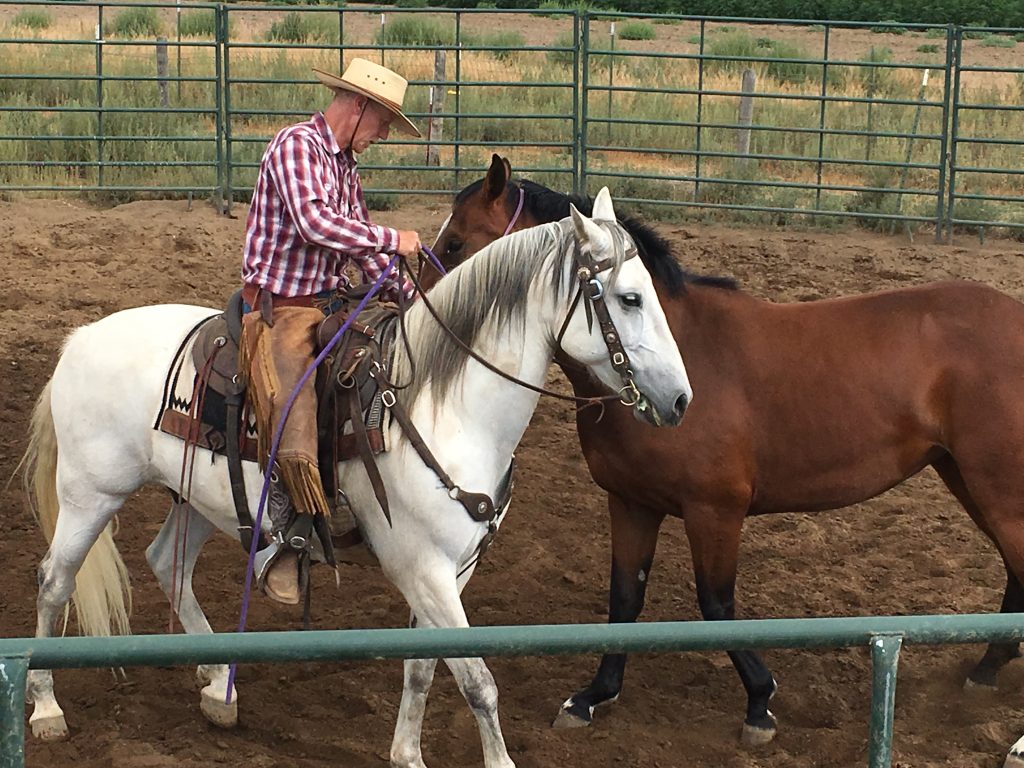
You have to find that space between thought and word
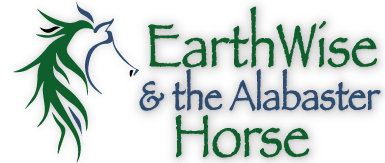
Beautiful. Simply beautiful.
Even with my girls I realize how much I say without words as I am reading your letter.
I love the Indra’s net image. Truly beautiful. It speaks to me a lot!
With love,
Isabelle
Isabelle, thank you❤️. I have a feeling that you and your daughters do speak through thought instead of words much of the time. Indra’s net applies to much of life, I think.
Love,
Jenny
❤️❤️❤️